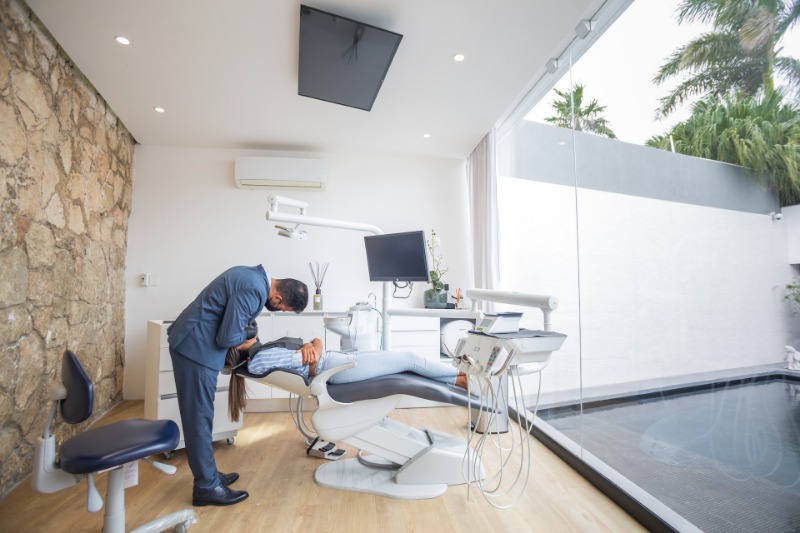
A dry socket, to put it in simple words, is the incident of beating pain about two to four days after you go for a tooth extraction. A dry socket ache is habitually accompanied by bad breath and a foul taste in the mouth. With the beginning of such pain, it is evident that good healing has been interrupted.
It is actually a condition in which there is irritation in the jawbone subsequent to tooth extraction. Besides, it is also referred to as “alveolar osteitis”. It is one of the many hitches that can take place from a tooth extraction. The happening of dry sockets is fairly rare, occurring in about 2% of tooth extractions.
Dry Socket: Causes
It happens because of the partial or total loss of a blood clot in the tooth socket after tooth extraction. In general, after a tooth is pulled out, a blood clot will form as the earliest step in healing to cover and defend the primary jawbone. If the blood clot does not form, the bone is exposed and curing is deferred.
Symptoms of a Dry Socket: Glendale Dentist
- A sound beating pain lasts for a few days after a tooth is pulled out
- At times the pain may spread out to other parts of the head such as the ears and eyes on the same side of the face.
- Bad breath besides a bad taste may also take place because of the building up of food remains and bacteria in the socket.
Ways to Prevent Dry Socket by Glendale Dentist
You can lessen your danger of dry socket by taking the following steps ahead of surgery:
- Ensure that you get the process done only by an experienced dentist. It is important to look into their credentials, read their reviews, and ask around about them. Do everything possible to confirm that you’re in good hands.
- Once you have selected the dentist talk to them about any over-the-counter or prescription medications that you’re presently using. Some medications can avert your blood from clotting, which can lead to dry sockets.
- Restrict smoking before and after tooth extraction. This can boost your danger of dry sockets. Talk to your dentist about management options. They can provide guidance about cessation.
How to Treat Dry Socket: Dentist Glendale

If you have a dry socket, Dr. Sahakyan your Dentist in Glendale will clean the socket to confirm it’s free of food and other particles. This may lessen any pain and can help avoid infection from forming.
He may as well pack the socket with gauze and a medicated gel to make the pain insensitive. He would even guide you with instructions on how and when to remove it at home.
Once your dressing is removed, you need to clean the socket again. Your dentist may suggest a saltwater rinse.
If your dry socket is too harsh, he might instruct you on how and when to add a new dressing at home.
Most importantly, over-the-counter pain medication can help reduce any uneasiness. Your dentist will almost certainly suggest a non-steroidal anti-inflammatory pain reliever, like ibuprofen or aspirin. A cold compress may also respite.
For rigorous pain, Dr. Sahakyan may propose a prescription pain reliever.
It is always good to schedule an appointment with your dentist about a week after your extraction. Your dentist will look over the affected area and discuss further steps to follow.
Glendale Dry Socket
If you suspect you have a dry socket, call Smile Makeover of LA at 818-578-2334 to book an appointment immediately. Dry socket is treatable, though healing times vary significantly. However, most people feel improvement after one week.
